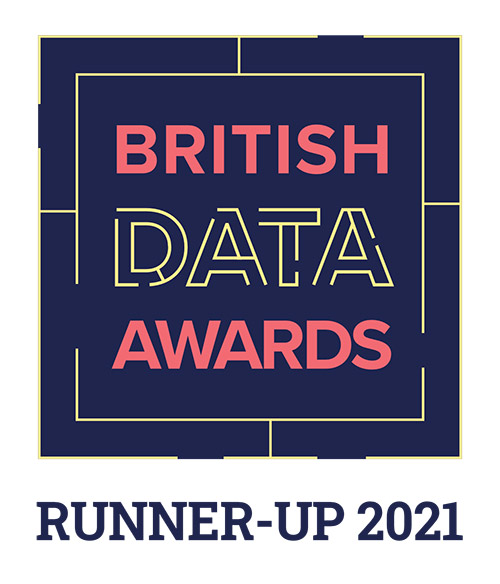Community Wellbeing Score
How we created the Community Wellbeing Index
We partnered with the Young Foundation and Geolytix to create the Community Wellbeing Index. As well as looking at existing research and other frameworks, we spoke to experts from academia, think tanks, local government and the third sector.
We also spoke to around 400 people across the UK about what matters to their communities.
Defining communities
We wanted to understand the conditions for community wellbeing at a genuinely local level.
We worked with geospatial experts Geolytix to map more than 28,000 communities across the UK - identifying areas people would consider as their local community. These areas were created using everything from urban development patterns to local bus stops and routes.
The communities vary widely but on average have around 2,200 inhabitants and 1,000 homes spread across nine square kilometres.
Measuring community wellbeing
Working with Geolytix and The Young Foundation we found the best available data to help measure each of the nine main areas of community wellbeing at a local level.
We looked for data that would give us a sense of the social and material conditions for community wellbeing and an understanding of the different challenges and opportunities in each community.
We used reliable data sources to measure things like the frequency of buses, access to adult education facilities and public green space in each community.
These measures were put into a common scale to create a national percentile ranking, then they were combined to create a score for each of the nine main areas.
Calculating the Community Wellbeing score
The nine main areas are scaled to make sure they all have a maximum and minimum value of 1 and 0. The same process was followed to group the nine main areas into the overall Community Wellbeing score.
The score is represented between 0 and 100. Each community has one score for overall Community Wellbeing and scores for each of the nine main areas of community wellbeing. Individual community scores can be compared against national averages.



